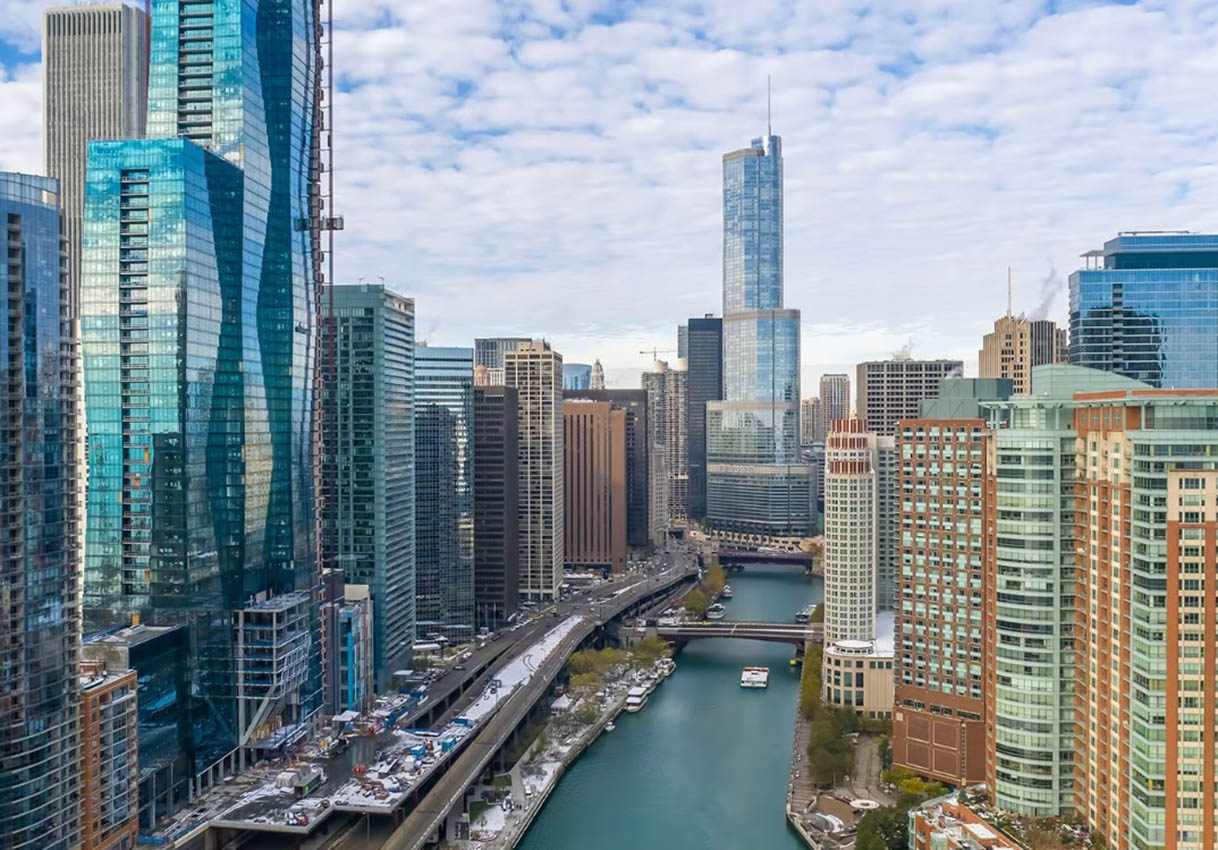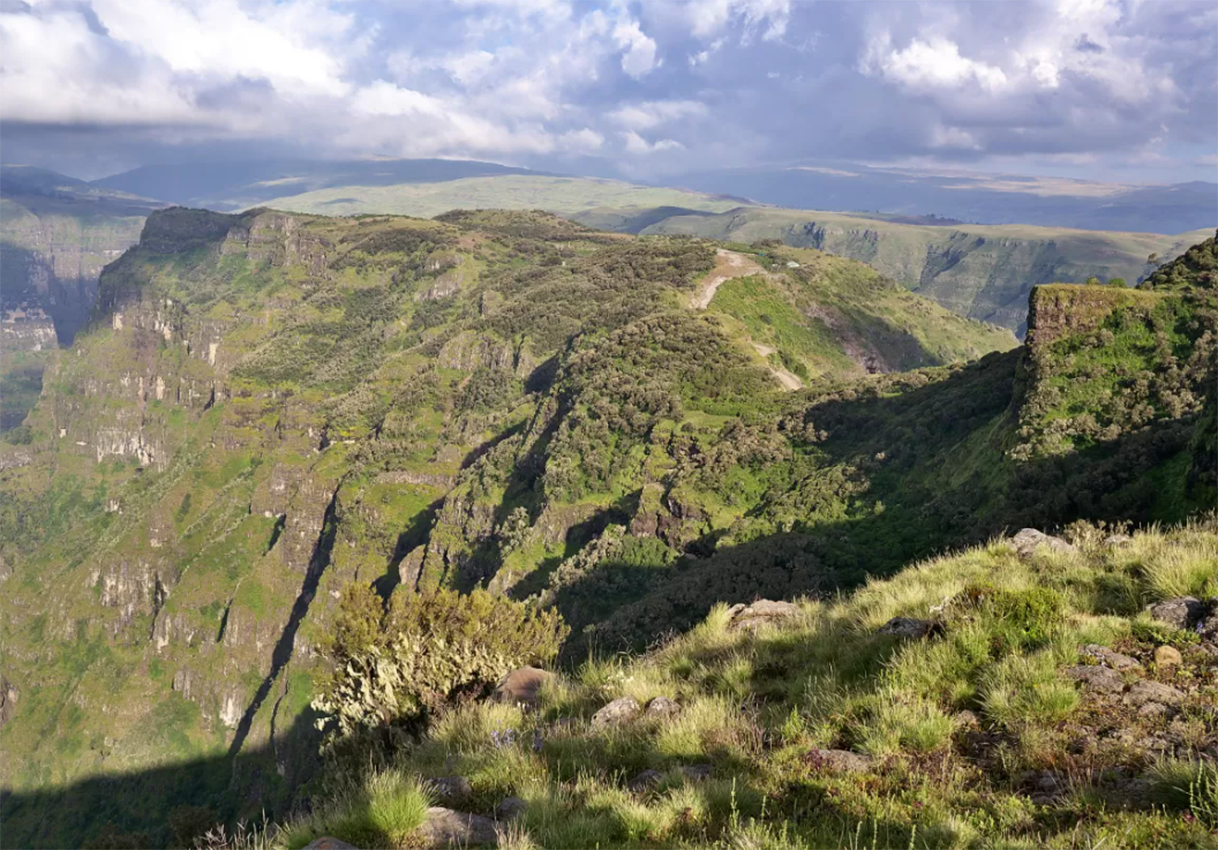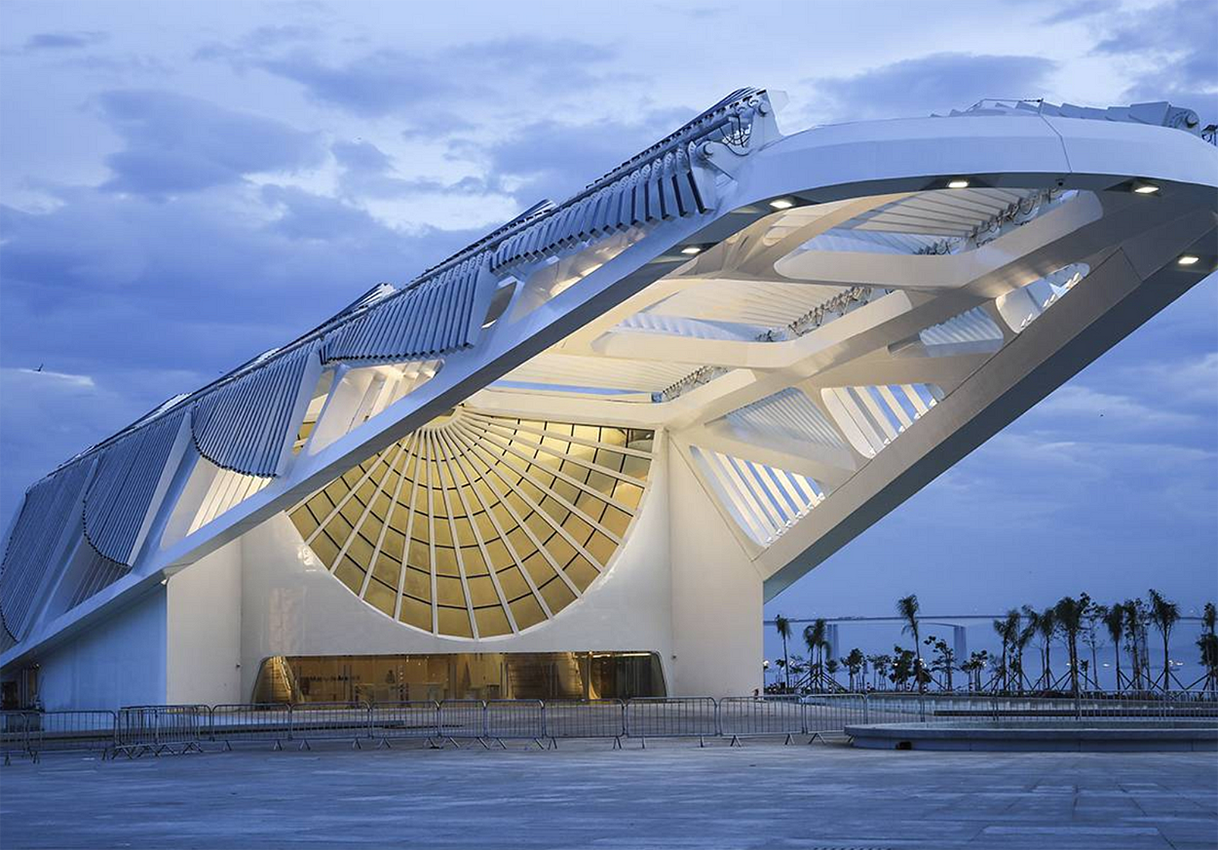This city, renowned for its storied history and diverse heritage, boasts a myriad of iconic landmarks and world-class museums.
Navigating Chicago’s Cultural Marvels:
Millennium Park: A Fusion of Art and Nature:
Embarking on an exploration of Chicago’s cultural wonders, my inaugural stop was Millennium Park, an expansive urban retreat nestled at 201 E Randolph St. Located in the heart of the Loop, this iconic park masterfully weaves together the elements of nature and art, offering a captivating blend of serenity and creativity.
Taking center stage within the park’s landscape, “The Bean,” or Cloud Gate, immediately drew my gaze with its reflective surface, transforming into a contemporary canvas that mirrored the ever-changing city skyline. The interplay of light and reflection created a mesmerizing panorama, elevating the experience to a visual spectacle that seamlessly integrated modern art into the bustling urban environment.
Adjacent to this captivating centerpiece, the Jay Pritzker Pavilion emerged as a striking architectural marvel. Its avant-garde design not only harmonized with the surrounding greenery but also served as a dynamic venue for an array of cultural events. The pavilion’s distinctive structure, featuring billowing steel ribbons and an open-air layout, provided a stunning backdrop for concerts, performances, and gatherings, enriching the park’s allure with a vibrant cultural tapestry.
As I wandered through Millennium Park, the intentional fusion of art and nature unfolded at every turn. Sculptures thoughtfully placed amidst lush green landscapes invited contemplation, fostering an environment where the boundaries between artistic expression and natural beauty blurred seamlessly. The deliberate design of the park encouraged a multifaceted experience, inviting visitors to engage with both the artistic and the natural elements in a harmonious interplay.
Millennium Park’s strategic location, iconic sculptures, and architectural wonders underscored the city’s commitment to creating a space where art and nature coalesce. The symbiotic relationship between “The Bean” and the Jay Pritzker Pavilion exemplified a thoughtful fusion, transforming this urban oasis into a dynamic cultural nexus that captivates with its beauty, innovation, and the seamless integration of artistic expression and natural tranquility.
Pros:
- Free admission, ensuring accessibility for all.
- Striking public art installations such as “The Bean.”
- Abundance of lush greenery and scenic landscapes.
Cons:
- Crowded during peak hours, diminishing the serenity.
Access:
- Easily reachable via public transportation, with multiple bus and train options.
- A delightful walk from the Loop, offering glimpses of Chicago’s architectural splendor.
Special Offers:
- Occasional local events and festivals provide opportunities for free or discounted entry to nearby attractions.
Reservation Platform:
- No reservations required for Millennium Park; a spontaneous visit guarantees an enjoyable experience.
The Art Institute of Chicago: A Gallery of Masterpieces:
Continuing my cultural expedition, I delved into the rich tapestry of The Art Institute of Chicago, a distinguished institution nestled at 111 S Michigan Ave. This iconic museum, renowned for its grandeur, houses a treasure trove of artistic marvels that traverse centuries and continents. From the arresting gaze of Grant Wood’s “American Gothic” to the enigmatic allure of ancient artifacts, the museum provided an enriching odyssey through the annals of art history.
As I wandered through the expansive halls, each masterpiece beckoned with its own narrative, offering a glimpse into the evolution of artistic expression. Grant Wood’s “American Gothic” stood as a beacon, its profound impact echoing through the gallery and underscoring the museum’s commitment to showcasing pivotal moments in art. The juxtaposition of celebrated paintings alongside ancient artifacts provided a holistic journey through the diverse realms of human creativity.
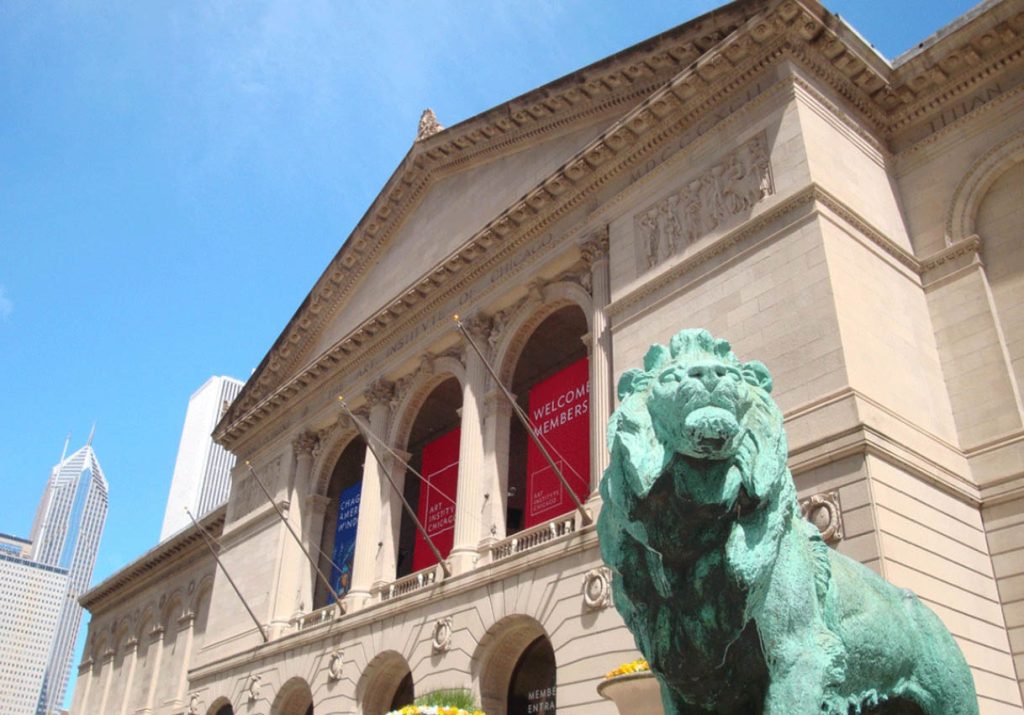
The architectural brilliance of The Art Institute seamlessly integrated with Chicago’s majestic skyline, enhancing the overall aesthetic appeal. The museum itself became a living canvas, its design harmonizing with the city’s urban landscape in a visual symphony. This architectural masterpiece not only housed art but became a work of art, contributing to the cultural richness of the city.
Traversing the museum’s corridors, I encountered a kaleidoscope of artistic expressions, from classical masterpieces to avant-garde installations. The thematic arrangement of galleries facilitated a seamless transition through different epochs and cultures, fostering a profound appreciation for the multiplicity of human creativity. Each exhibit served as a gateway to a unique world, creating a narrative that transcended time and space.
Pros:
- Diverse art collections catering to various tastes.
- Educational programs and guided tours enhance the visitor experience.
- Aesthetic blend of traditional and modern architecture.
Cons:
- Admission fees apply, although memberships and student discounts are available.
Location:
- Centrally positioned near Grant Park, ensuring easy accessibility from various parts of the city.
Transportation:
- Public transportation, including buses and the ‘L’ train, proves convenient for reaching the museum.
Reservation Platform:
- Ticket reservations were effortlessly secured through the official website, streamlining the entry process.
Navy Pier: Maritime Charm and Entertainment Extravaganza:
Embarking on my cultural sojourn, I found myself drawn to the captivating allure of Navy Pier, an iconic structure that extends gracefully into the waters of Lake Michigan at 600 E Grand Ave. This historical pier, steeped in maritime legacy, effortlessly intertwines the charm of yesteryears with a contemporary entertainment extravaganza. From the commanding presence of the renowned Ferris wheel, offering sweeping panoramic vistas of the city skyline, to the vivacious ambiance of Pier Park, Navy Pier unfolded as a dynamic destination tailored to the varied interests of families, couples, and solo adventurers.
As I strolled along the pier, the echoes of its maritime history reverberated with each step. Once a bustling hub for shipping and recreation, Navy Pier retained its historic essence in its architecture and the gentle lap of the lake against its pilings. The waterfront ambiance created a serene backdrop to the vibrant activities that unfolded, inviting visitors to connect with the pier’s rich past.
The unmistakable focal point of Navy Pier’s charm was the iconic Ferris wheel. Towering against the city’s skyline, it offered a thrilling ascent to breathtaking heights, providing not only unparalleled views but also a unique perspective to admire Chicago’s architectural grandeur. The Ferris wheel stood as a symbol of the pier’s commitment to seamlessly blending maritime heritage with contemporary excitement, offering a nostalgic nod to bygone eras while embracing the thrill of the present.
Pier Park, with its lively and festive atmosphere, emerged as a hub of entertainment. Offering a diverse range of amusements, from exhilarating rides to engaging carnival games, the park exuded an infectious energy that reverberated with laughter and enthusiasm. The carousel’s vibrant hues, the joyous exclamations from the swings, and the tempting aromas wafting from the food stands created an immersive experience that transcended age and background, making Navy Pier a destination that appealed to everyone.
Pros:
- Scenic waterfront location with breathtaking views.
- Diverse entertainment options, including rides and attractions.
- Lively atmosphere with a variety of restaurants and shops.
Cons:
- Can be crowded during peak tourist seasons.
Geographical Location:
- Centrally located on Lake Michigan, easily accessible by foot or public transportation.
How to Get There:
- A picturesque stroll from downtown or accessible via buses and trolleys.
Discounts and Offers:
- Various discount packages are available, especially for combined attractions on the pier.
Reservation Platform:
- For specific attractions on Navy Pier, I utilized the official website for ticket purchases and information.
Recommendations for Cultural Enthusiasts:
Chicago History Museum: Unveiling the City’s Past:
Situated at the crossroads of history on 1601 N Clark St, the Chicago History Museum emerges as a captivating time capsule, beckoning visitors to embark on an immersive journey through the rich tapestry of the city’s past. Its strategic location in the heart of Chicago positions it as a custodian of the city’s historical legacy, with the surrounding neighborhood serving as a living testament to the continuous transformation of the Windy City.
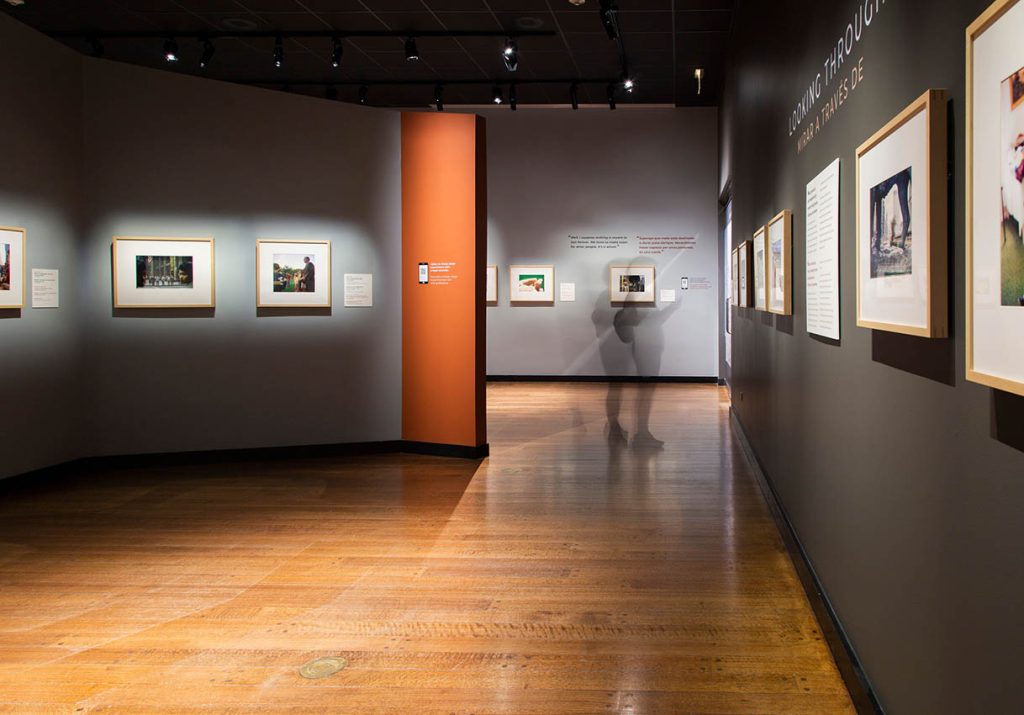
As one steps into the hallowed halls of the Chicago History Museum, a carefully curated collection of exhibits unfolds, weaving together the intricate threads of Chicago’s history. The chronological arrangement of displays acts as a portal to specific eras, offering a vivid tableau of the challenges, triumphs, and transformative moments that have sculpted the city’s identity.
The narrative arc spans from the cataclysmic events surrounding the Great Chicago Fire—a pivotal chapter that reshaped both the physical and cultural landscape—to the contemporary shifts that have catapulted Chicago into a global metropolis. Each exhibit serves as a window into the architectural innovations, cultural movements, and societal changes that have left an indelible mark on the city’s character.
Beyond being a mere repository of artifacts, the Chicago History Museum transforms into an interactive nexus, engaging visitors in a dynamic dialogue with the city’s past. Multimedia presentations, immersive displays, and meticulously crafted narratives create a bridge between the present and the historical roots of the city, fostering a profound connection with the unfolding story.
Museum of Science and Industry: Interactive Exploration:
Located at 5700 S Lake Shore Dr, the Museum of Science and Industry captivates visitors with interactive exhibits, cutting-edge technology, and a fascinating exploration of scientific marvels.
Chicago Cultural Center: Architectural Splendor and Artistic Treasures:
Nestled at 78 E Washington St, the Chicago Cultural Center is a haven of artistic expression housed within a stunning architectural gem. From rotating art exhibitions to live performances, this cultural hub invites visitors to immerse themselves in creativity.
The Field Museum: A Journey through Natural History:
At 1400 S Lake Shore Dr, The Field Museum stands as a testament to natural history. With extensive exhibits on dinosaurs, ancient cultures, and the world’s biodiversity, this museum offers an educational and awe-inspiring experience.
Chicago’s cultural tapestry unfolds with each landmark and museum, offering a blend of history, art, and innovation.
